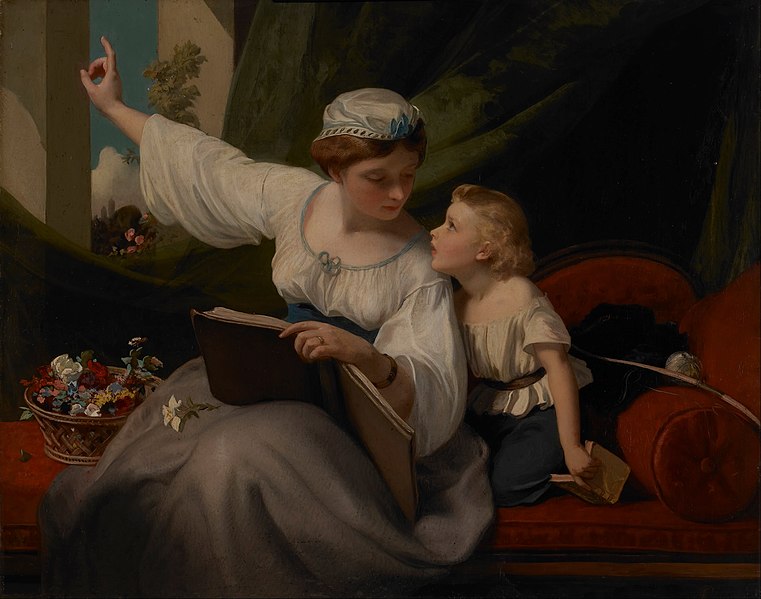
What are the four temperaments?The four classic temperaments are choleric, melancholic, phlegmatic, and sanguine. Catholic philosophers adpoted them from the Greeks. There are several good sources for learning about the temperaments from a Catholic perspective. Art and Laraine Bennett have written several books on the temperaments. Fr. Conrad Hock’s treatment of the temperaments can be read online. Traditional books on spiritual direction usually address the temperaments as well.
To figure out which temperament you have, ask yourself two questions:
Are my initial reactions to stimuli intense or dull?Do my impressions last or do they quickly fade?
Intense & lasting=choleric
Intense & fading=sanguine
Dull but lasting=melancholic
Dull and fading=phlegmatic
Continue reading at Contemplative Homeschool.



